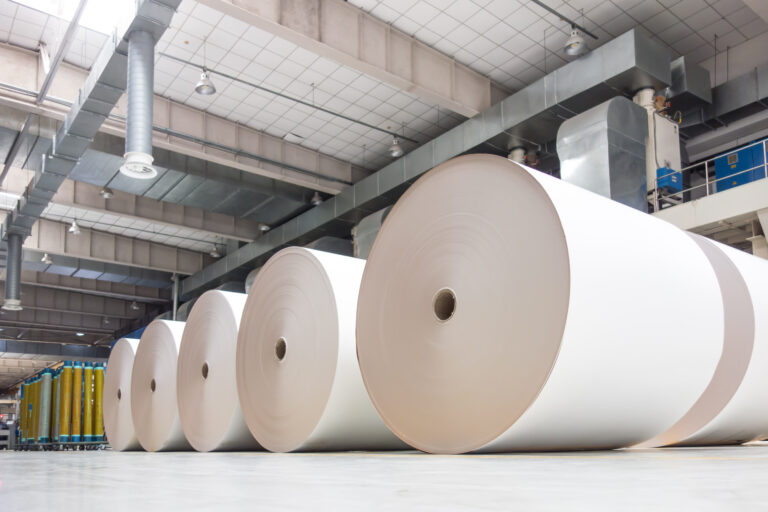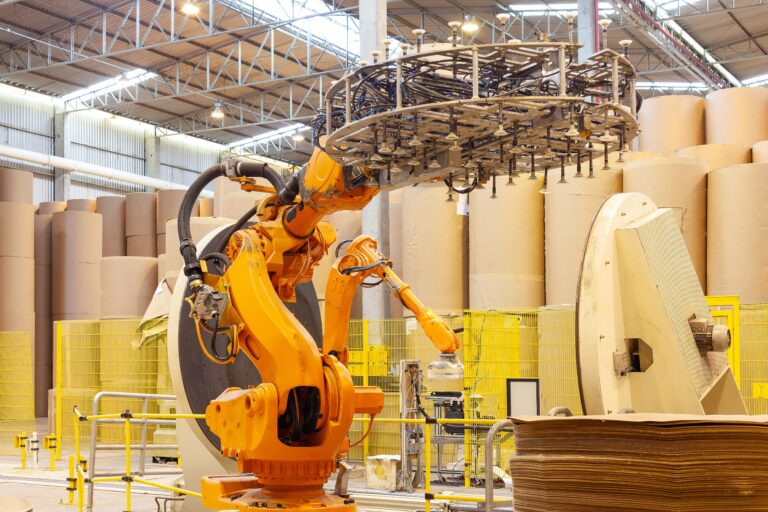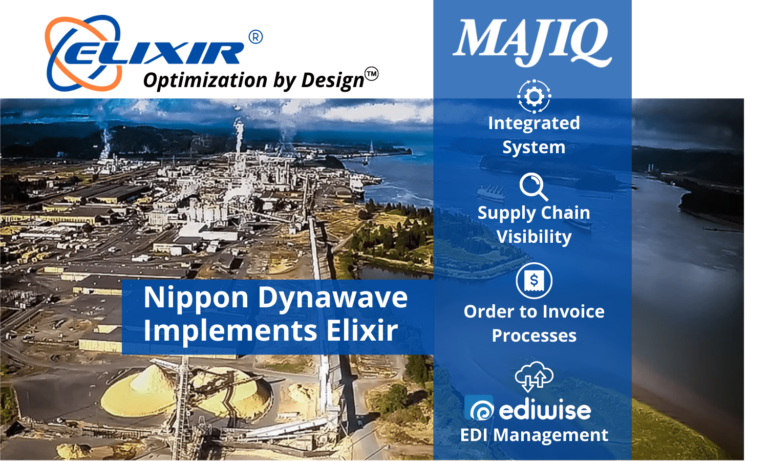Published on: January 12, 2022
6 minutes read

There has been a radical transformation in the warehouse segment of the supply chain over the past decade. Warehouse management has been a manual forklift operation where workers spent over half of their time managing paperwork.
Technological advancements have transformed warehouse operations into carefully managed control centers that are the strategic hub of the supply chain.
As technologies continue to advance, warehouses will likely function entirely on their own. Warehouse managers will monitor warehouse operations remotely making adjustments as needed, and only going to the warehouse to resolve serious, critical issues.
With today’s customers demanding quick delivery of their orders, warehouse managers are constantly evaluating their processes to optimize warehouse picking, packing, and shipment. Implementing advanced warehouse technology is a key component in their optimization strategy.
Wireless Technologies and Real-time Inventory Tracking
One of the biggest impacts in warehouse optimization is the use of wireless technology. This eliminates the paper trail and provides the ability to manage and track inventory levels in real-time. Warehouse inventory information is updated the instant goods are received or shipped from the warehouse. Integrated systems allow customers to be notified about their order status in real-time.
Autonomous Machines
The use of automatically guided vehicles (AGVs) is exploding as more warehouses use them for warehouse operations. Inventory moving robots, stackers, autonomous forklifts, and pallet trucks are becoming increasingly effective and reliable. Their use is expanding to virtually all areas of the warehouse and in any type of warehouse environment.
Below are a few examples of the type of autonomous warehouse technology being used:
Goods-to-person picking robots - Autonomous mobile robots eliminate the time and effort it takes walking within the warehouse. These machines typically carry carts and are programmed to travel flexible routes in the warehouse moving products between workers and stations.
Self-driving Forklifts - Laser and video camera capable forklifts have full autonomy in some warehouse applications. They are best suited in situations where load-handling processes are repetitive and involve longer travel distances.
Autonomous Inventory Robots - Autonomous mobile robots scan the warehouse and monitor inventory levels. When combined with RFID-tagged products and equipment, these machines can now conduct their own inventory sweeps autonomously at schedules determined by the warehouse manager.
Unmanned Aerial Vehicles (UAVs) - It may still be a while before drones are safely moving large products through the air in distribution centers or to customers’ homes. But now, lightweight unmanned autonomous vehicles (UAVs) are equipped with RFID-scanning technology to offer real-time inventory visibility in the warehouse.
Voice technology – Voice technology assists warehouse workers in selecting orders, assessing inventory, and managing shipments. Capable of reading verbal instructions and sending delivery confirmations, WMS voice technology increases warehouse safety by providing for heads-up, hands-free operation. It requires less training and provides a higher level of communication accuracy.
Georgia-Pacific Uses Laser Guided Vehicles to Automate Production and Warehouse Operations
At the Georgia-Pacific Crossett Arkansas mill, tissue product movement is highly automated. Georgia-Pacific teamed up with Elettric80, a company that specializes in the development of automated logistic solutions to manufacturers of the beverage, food, and tissue industries. The Elettric80 system is seamlessly interfaced to MAJIQ’s Elixir Manufacturing Execution System to produce and move the tissue product from machine to shipment with very little human interaction. The Vehicle’s Laser Technology combined with Elettric80’s anti-collision positioning software provides a level of safety and efficiency that cannot be achieved with human-operated lift trucks. This level of safety and efficiency frees up the human workforce to focus on other value-add processes.
Safety is a key advantage, but an additional benefit of LGVs is to reduce labor costs. LGVs also eliminate damage to structures and products and increase inventory accuracy by reducing human error. The LGV system’s modular architecture and scalable design makes it extremely flexible. Warehouse process design and product movement is only limited by the physical structure. Automation with this level of flexibility is an asset that provides a continuous return on investment.
Key Takeaway
Humans have many strengths in the production process but performing repetitive tasks accurately can be a problem area. Human error results in order delays, lost products, unsatisfied customers, and increased costs. When technology can be implemented for repetitive warehouse tasks and the process can be designed for a higher level of accuracy and efficiency at lower overall cost, it makes sense to automate.
Warehouse Management is a key component of the manufacturing execution system and order fulfillment process. Employing warehouse automation improves the efficiency of the entire supply chain operation.
Warehouse automation not only cuts storage and distribution-related costs but also improves Overall Equipment Effectiveness (OEE) and raises productivity.
Elixir Warehouse Management and Transportation Management Systems
The MAJIQ Team has over 100 combined years of industry experience optimizing paper, pulp, and nonwovens business processes by reducing waste, streamlining operations, and dramatically improving order fulfillment. The MAJIQ Elixir system provides a configurable design that streamlines and optimizes the unique processes of the pulp, paper, and nonwovens industries.
The Elixir Warehouse Management module is designed to seamlessly integrate with automated warehouse management systems to reduce product handling, improve inventory accuracy, and streamline operations. The Elixir integrated Transport Management System improves on-time deliveries, reduces freight costs, provides real-time warehouse visibility, and increases on-time deliveries.
Looking to streamline your roll, sheet, and bale manufacturing process? We’re here to help!







